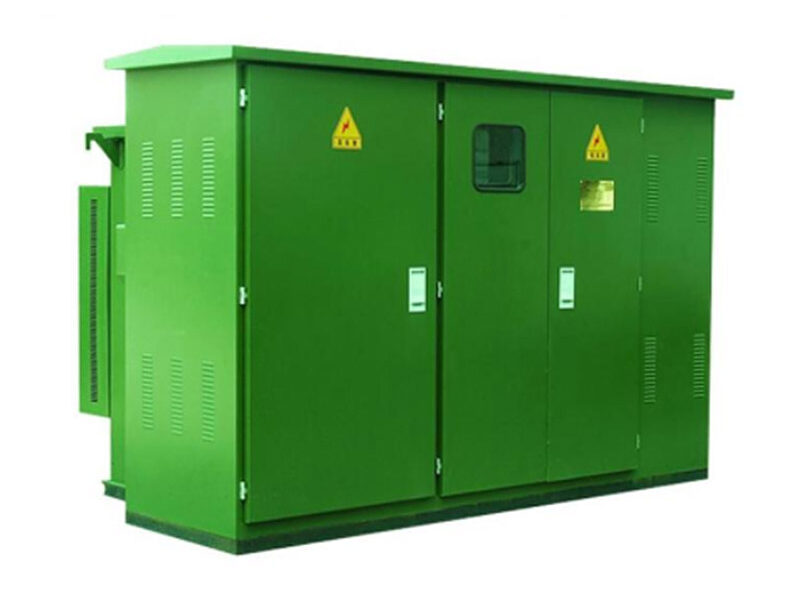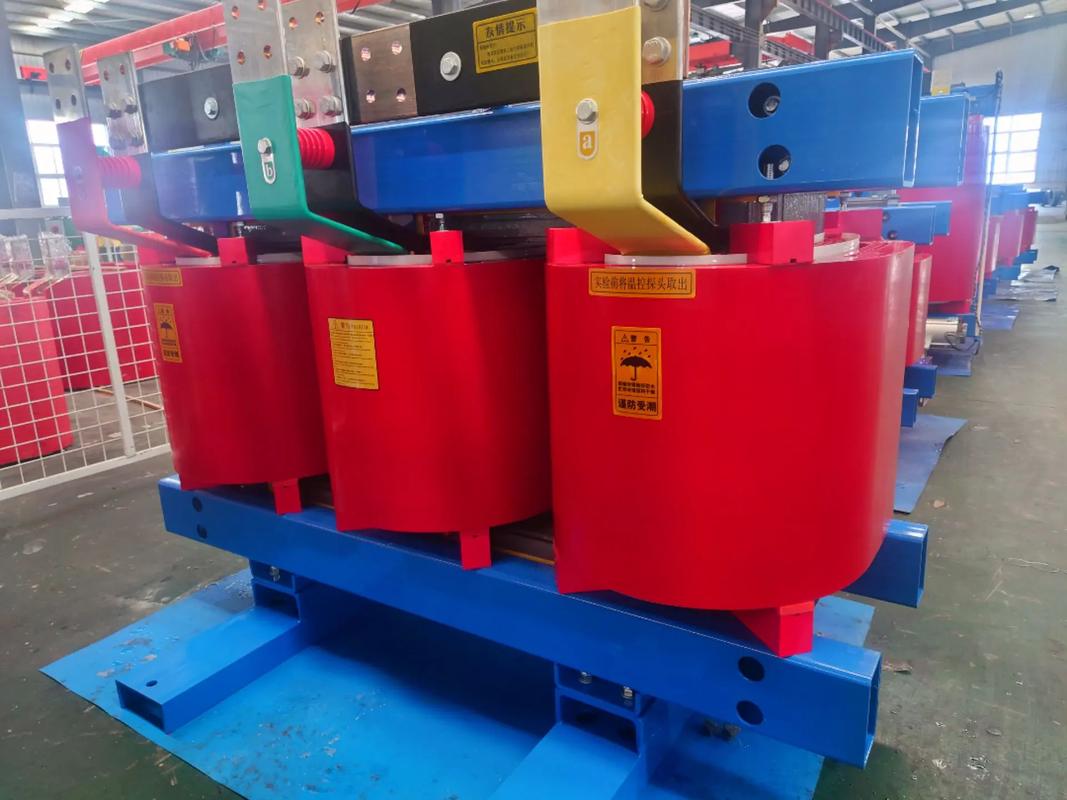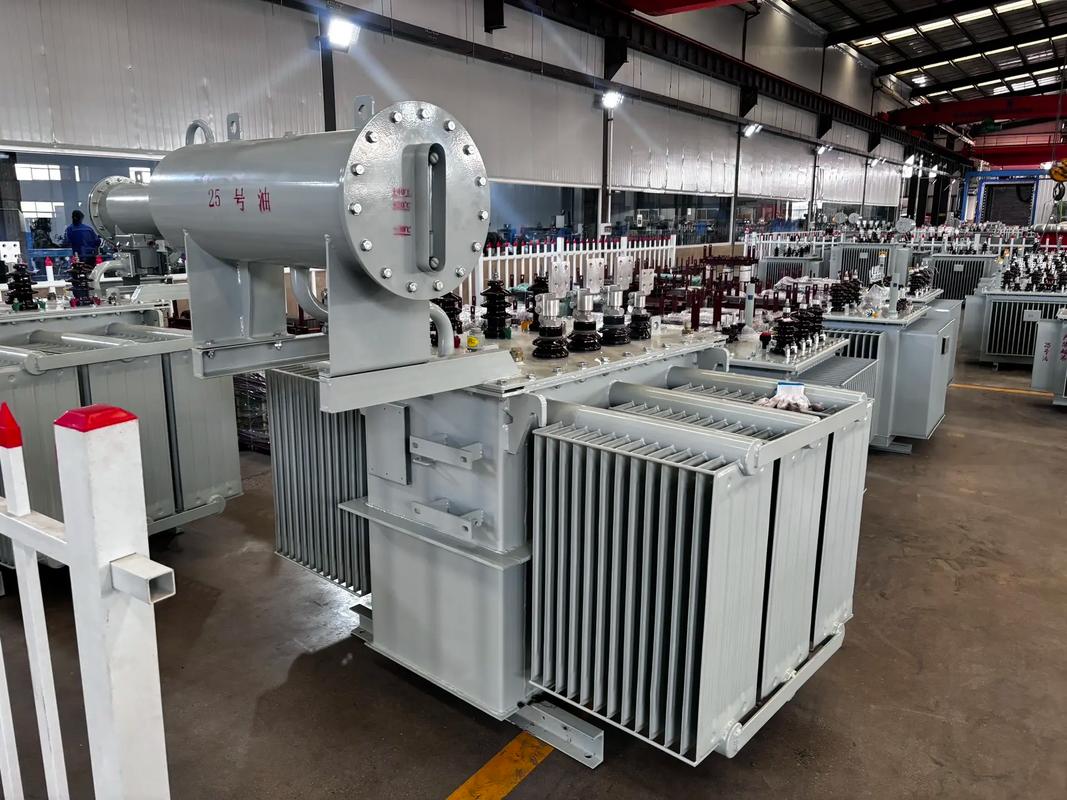
Power transformers and distribution transformers differ significantly in their roles within power systems. The following is a detailed comparison of these two types of transformers:
I. Definition and Purpose
-
Power Transformer
- Definition: A static electrical device used to convert one AC voltage (current) value to another or multiple different voltage (current) values of the same frequency.
- Purpose: Primarily used for voltage conversion in power systems to facilitate the transmission and distribution of electrical energy.
-
Distribution Transformer
- Definition: An electrical device that transfers AC power by changing AC voltage and current based on the law of electromagnetic induction within a distribution system.
-

transformer - Purpose: Mainly used to convert high-voltage electrical energy into low-voltage electrical energy suitable for end-users, directly supplying power to them.
II. Voltage Level and Capacity
-
Power Transformer
- Voltage Level: Typically higher, covering multiple voltage levels, such as step-up transformers used in power plants and step-down transformers used in distribution systems.
- Capacity: Large capacity, capable of handling significant electrical energy transmission and distribution tasks.
-
Distribution Transformer
- Voltage Level: Relatively lower, usually operating within distribution networks at voltage levels of 10~35kV, directly supplying power to users.
- Capacity: Smaller capacity, suitable for directly supplying power to end-users.
-

transformer
III. Structure and Type
-
Power Transformer
- Structure: Complex, including windings, core, oil tank, and other components.
- Type: Classified by purpose (e.g., step-up, interconnection, step-down), phase number (single-phase and three-phase), winding (two-winding, three-winding, and auto-transformer), and insulating medium (oil-immersed transformers [flame-retardant, non-flame-retardant], dry-type transformers, etc.).
-
Distribution Transformer
- Structure: Relatively simple, facilitating easy installation and maintenance.
- Type: Classified by insulating medium (oil-immersed and dry-type transformers) and voltage regulation method (no-load tap-changer and on-load tap-changer transformers).
-

transformer
IV. Application Scenarios
-
Power Transformer
- Primarily used in power systems such as power plants and substations for electrical energy transmission and distribution.
-
Distribution Transformer
- Used within distribution networks to convert high-voltage electrical energy into low-voltage electrical energy for end-users, such as in substations, high-rise buildings, commercial centers, airports, stations, subways, hospitals, factories, and other locations.
V. Energy Efficiency and Environmental Protection
-
Power Transformer
- Due to their large capacity and high voltage levels, energy efficiency and environmental performance are important considerations during design and manufacturing but may not be the primary focus compared to distribution transformers.
-
Distribution Transformer
- Since they directly supply power to users, energy efficiency and environmental performance are crucial considerations in the design and manufacturing of distribution transformers. Energy-efficient distribution transformers, such as amorphous alloy transformers, have lower no-load losses, complying with grid energy-saving and consumption-reduction requirements.
In summary, power transformers and distribution transformers differ significantly in their definitions, purposes, voltage levels and capacities, structures and types, application scenarios, and energy efficiency and environmental protection. These differences enable them to play distinct roles within power systems, collectively maintaining the stable operation of the power grid.
This translation aims to accurately convey the information presented in the original Chinese text while maintaining readability and coherence in English.
